Paro Taktsang, also known as the Tiger’s Nest Monastery, is one of Bhutan’s most iconic and revered sites. Perched on a cliffside at an altitude of 3,120 meters (10,240 feet), this sacred Buddhist monastery offers breathtaking views of the Paro Valley and a deep connection to Bhutan’s spiritual heritage.
Historical Background
Paro Taktsang’s history is steeped in legend and spiritual significance. The monastery was built around a series of caves where Guru Padmasambhava, also known as Guru Rinpoche, is said to have meditated in the 8th century. Guru Padmasambhava is a revered figure in Tibetan Buddhism, credited with bringing Buddhism to Bhutan and Tibet.
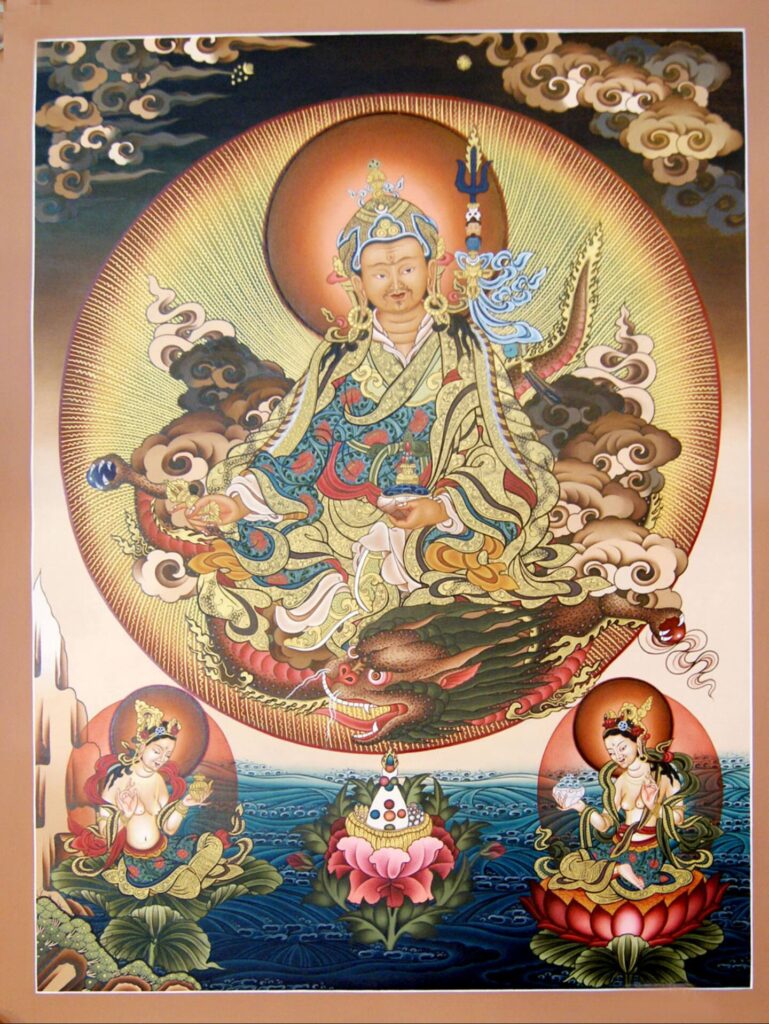

According to legend, Guru Rinpoche flew to the site on the back of a tigress, a manifestation of his consort Yeshe Tsogyal, hence the name “Tiger’s Nest.” He meditated in the caves for three years, three months, three weeks, three days, and three hours to subdue a demon, making the site a powerful place of spiritual energy.
The monastery itself was constructed in 1692 by Tenzin Rabgye, the ruler of Bhutan, to commemorate Guru Rinpoche’s visit. Over the centuries, Paro Taktsang has become a major pilgrimage site, attracting devotees from across the Himalayas.
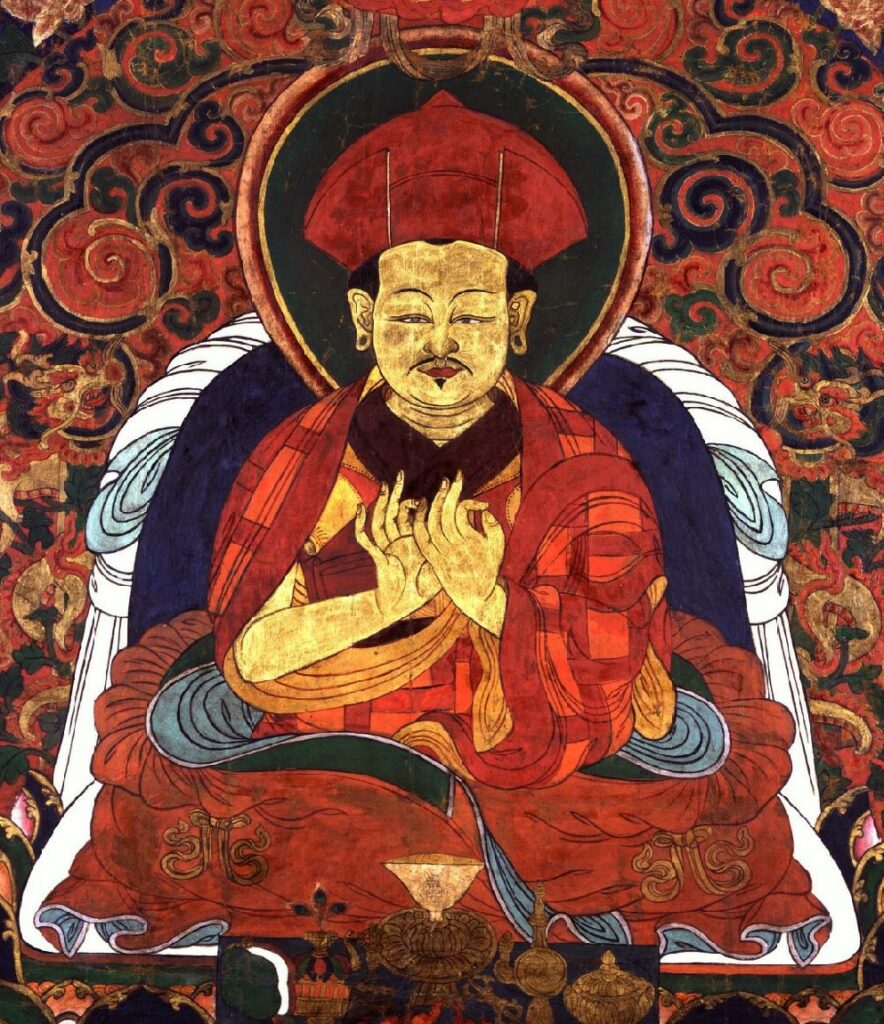
Architectural Marvel
The architecture of Paro Taktsang is a testament to the ingenuity and craftsmanship of Bhutanese builders. The complex is built directly into the granite cliffs, blending seamlessly with the natural landscape. The structure comprises four main temples and several residential shelters, all interconnected by steps and stairways carved into the rock.
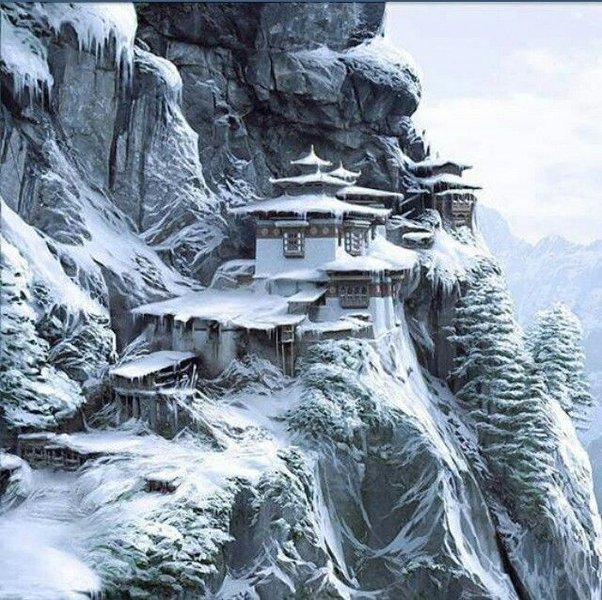
Main Temple (Tsuglagkhang)
The main temple houses the shrine dedicated to Guru Rinpoche. Inside, the walls are adorned with murals depicting the life and teachings of the Guru, and the air is filled with the scent of incense and the sound of prayer wheels.
Cave Temples
Several temples are built around the meditation caves of Guru Rinpoche. These include the Tholu Phuk and the Pel Phuk, where devotees can meditate and experience the serene environment where the Guru once meditated.
Residential Quarters
The monastery provides living quarters for the monks who maintain the site. These quarters are simple yet functional, reflecting the monastic lifestyle of the inhabitants.
Cantilevered Balconies
One of the most striking features of Paro Taktsang is its cantilevered balconies that offer spectacular views of the Paro Valley below. These balconies provide a space for contemplation and connection with the surrounding nature.
The entire complex is built using traditional Bhutanese architectural techniques, with intricate woodwork, stone masonry, and vibrant paintings. The harmony between the built environment and the natural setting creates a sense of tranquility and reverence.


Pilgrimage and Spiritual Significance
Paro Taktsang is not just a tourist attraction; it is a deeply spiritual site for Buddhists. Pilgrims from Bhutan, Tibet, and beyond visit the monastery to pay homage to Guru Rinpoche and seek blessings. The journey to the monastery itself is considered a form of pilgrimage, symbolizing the spiritual path to enlightenment.
The Ascent
Reaching Paro Taktsang requires a challenging hike, typically taking 2 to 3 hours from the base. The trail winds through a pine forest, past prayer flags and small chortens (stupas), creating an atmosphere of spiritual anticipation. For many, the physical exertion of the hike is a form of devotion, mirroring the inner journey of spiritual practice.
Meditation and Prayer
Upon reaching the monastery, pilgrims engage in meditation and prayer within the sacred spaces. The caves where Guru Rinpoche meditated are particularly revered, offering a place for deep reflection and connection to the spiritual lineage.
Festivals
Paro Taktsang is also the site of important religious festivals, including the Tsechu festival, which celebrates the birthday of Guru Rinpoche. During this time, the monastery comes alive with traditional dances, rituals, and vibrant cultural displays, drawing large crowds of devotees and visitors.
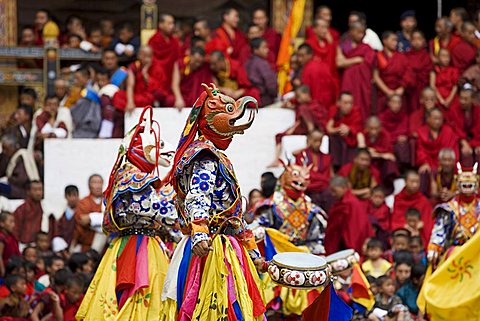
Cultural Impact
Paro Taktsang holds a special place in Bhutanese culture and identity. It symbolizes the deep connection between the Bhutanese people and their Buddhist heritage. The monastery is featured prominently in Bhutanese art, literature, and folklore, reinforcing its importance in the national consciousness.
Symbol of National Identity
Paro Taktsang is often used as a symbol of Bhutan’s cultural and spiritual heritage. It represents the country’s commitment to preserving its Buddhist traditions and maintaining a harmonious relationship with nature. The monastery is a source of national pride and an emblem of Bhutan’s unique identity.
Tourism and Economy
While Paro Taktsang is primarily a spiritual site, it also plays a significant role in Bhutan’s tourism industry. The monastery attracts thousands of tourists each year, contributing to the local economy. The Bhutanese government has implemented measures to balance tourism with the preservation of the site’s sanctity, ensuring that Paro Taktsang remains a place of reverence and respect.
Art and Literature
The monastery has inspired countless works of art and literature, both within Bhutan and internationally. Paintings, photographs, and literary works capture the beauty and spiritual essence of Paro Taktsang, spreading its fame and significance to a global audience.
Conservation and Challenges
Maintaining a site as unique and fragile as Paro Taktsang presents numerous challenges. The Bhutanese government and various international organizations have undertaken efforts to preserve and protect the monastery.
Natural Disasters
The monastery has faced threats from natural disasters, including fires and earthquakes. In 1998, a devastating fire destroyed several buildings within the complex. Reconstruction efforts were undertaken with great care to preserve the original architectural style and spiritual integrity of the site.
Environmental Impact
The increasing number of visitors poses a risk to the delicate ecosystem around Paro Taktsang. Measures such as limiting the number of daily visitors and promoting responsible tourism practices have been implemented to mitigate environmental impact.
Structural Integrity
Ensuring the structural integrity of the monastery is an ongoing challenge. The cliffside location and the use of traditional construction methods require regular maintenance and careful monitoring. Modern engineering techniques are sometimes employed to reinforce ancient structures without compromising their historical authenticity.
Conclusion
Paro Taktsang, the Tiger’s Nest Monastery, stands as a testament to Bhutan’s rich spiritual heritage and the enduring legacy of Guru Padmasambhava. Its dramatic location, profound spiritual significance, and cultural impact make it a site of immense importance not only to the people of Bhutan but to Buddhists and spiritual seekers worldwide.
The journey to Paro Taktsang, both physical and spiritual, offers a unique opportunity to connect with the deep wisdom and traditions of Tibetan Buddhism. As a symbol of Bhutan’s national identity and a beacon of spiritual inspiration, Paro Taktsang continues to captivate the hearts and minds of all who visit.
By preserving and honoring this sacred site, Bhutan ensures that Paro Taktsang will remain a source of spiritual guidance and cultural pride for generations to come.
FAQ
What is Paro Taktsang used for?
Paro Taktsang, also known as the Tiger’s Nest Monastery, is used for meditation, prayer, and pilgrimage. It serves as a sacred site for Buddhists to honor Guru Rinpoche and seek spiritual guidance, embodying Bhutan’s rich spiritual heritage.
Why is it called the tiger’s nest?
According to legend, Guru Rinpoche flew to the site on the back of a tigress, a manifestation of his consort Yeshe Tsogyal, hence the name “Tiger’s Nest.”
Who built Paro Taktsang?
Paro Taktsang was built in 1692 by Tenzin Rabgye, the ruler of Bhutan at the time. He constructed the monastery to commemorate Guru Padmasambhava’s (Guru Rinpoche) legendary visit and meditation at the site in the 8th century.
FOLLOW US ON


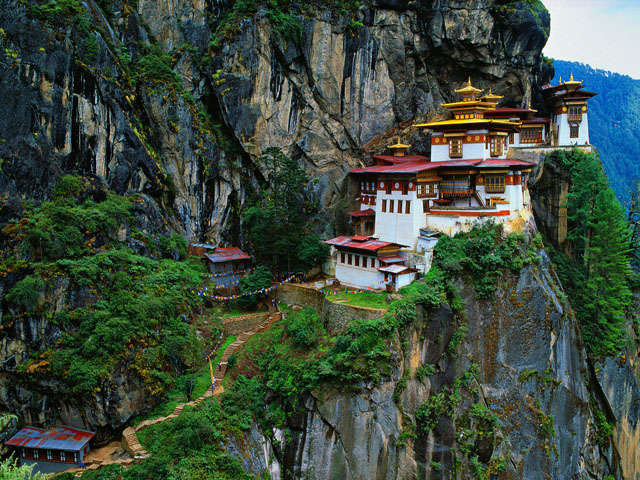


Your blog is a treasure trove of valuable insights and thought-provoking commentary. Your dedication to your craft is evident in every word you write. Keep up the fantastic work!
I like this website very much, Its a real nice position to read and incur info .
Admiring the time and effort you put into your site and detailed information you offer.
It’s good to come across a blog every once in a while that isn’t the same unwanted rehashed information. Wonderful read!
I’ve bookmarked your site and I’m including your RSS feeds to my Google account.
thanks for your support and comments